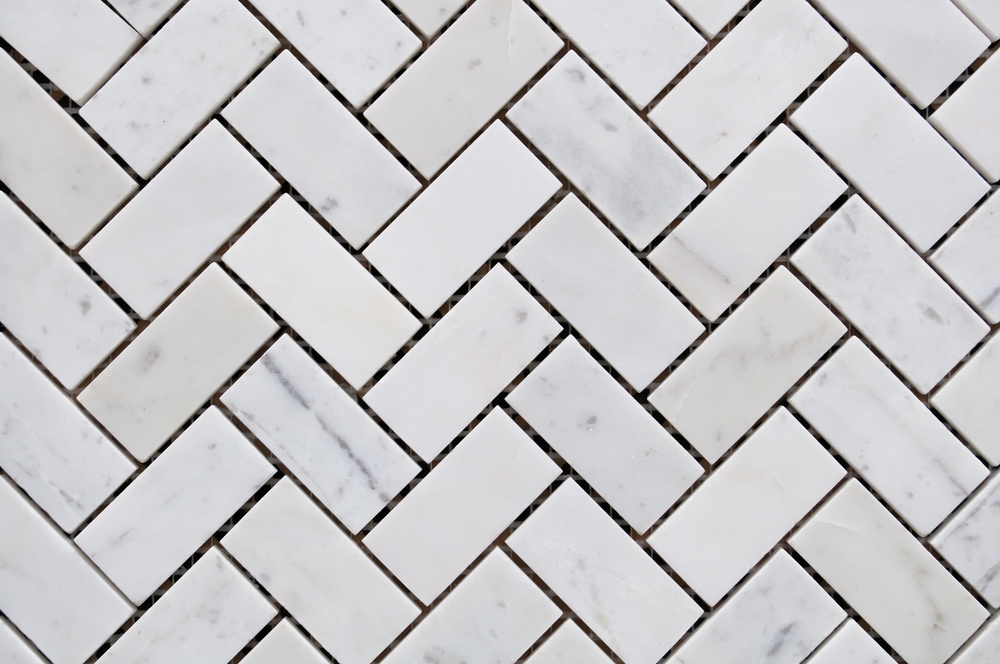Tile Ideas
Using a herringbone tiling layout
A timeless and classic layout for subway or rectangular tiles, is the herringbone pattern. Perfect for traditional wood floors, or contemporary kitchen walls, this layout is versatile, flexible and attractive. But how could you use the herringbone layout? And what kind of effect would it achieve? Well, here at Tiles 2 Go, we are Preston’s leading tiling experts. As a result, we have produced this guide to using a herringbone tiling layout.
For the walls
Using a herringbone tiling layout to create a splashback, or wall tiling feature, can be a really fun way to introduce patterns into your kitchen or bathroom. In an otherwise plain room, the herringbone pattern can draw the viewers eye, and attention to the tiling. Creating a stunning vocal point and visual feature. And you can even use colours to really make a statement, either complementing, or contrasting with the rest of your room.
In addition, you could opt for a contrasting grout colour, to really make the individual tiles, and the pattern, stand out. In a contemporary kitchen or bathroom, black and white combinations are the perfect choice to achieve this.
For the floor
Herringbone tiling for the floor creates a unique pattern with a number of advantages. For example, the diagonal tilt of the tiles, allows the eye to be drawn towards the furthest parts of the room. And in a narrow room, this can make the room feel wider and larger than it really is. This can be achieved with ordinary subway or metro tiles, or even with timber effect tiles. In fact, timber effect tiles, arranged in the herringbone layout, can be perfect for both contemporary and traditional homes.
Why not take a look at our range of tiles today, here at Tiles 2 Go, and see how you can create a herringbone tile design that works for you?

